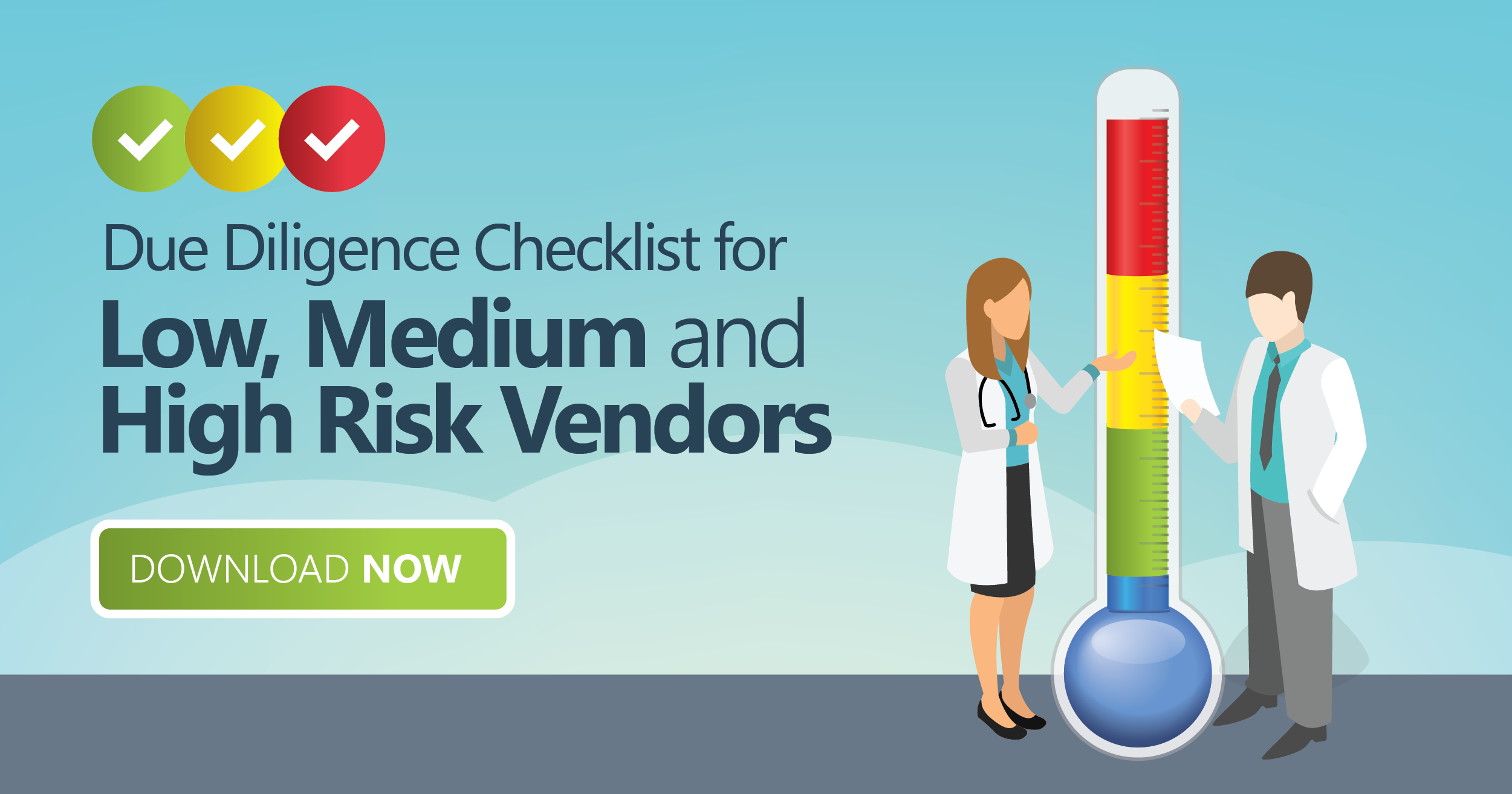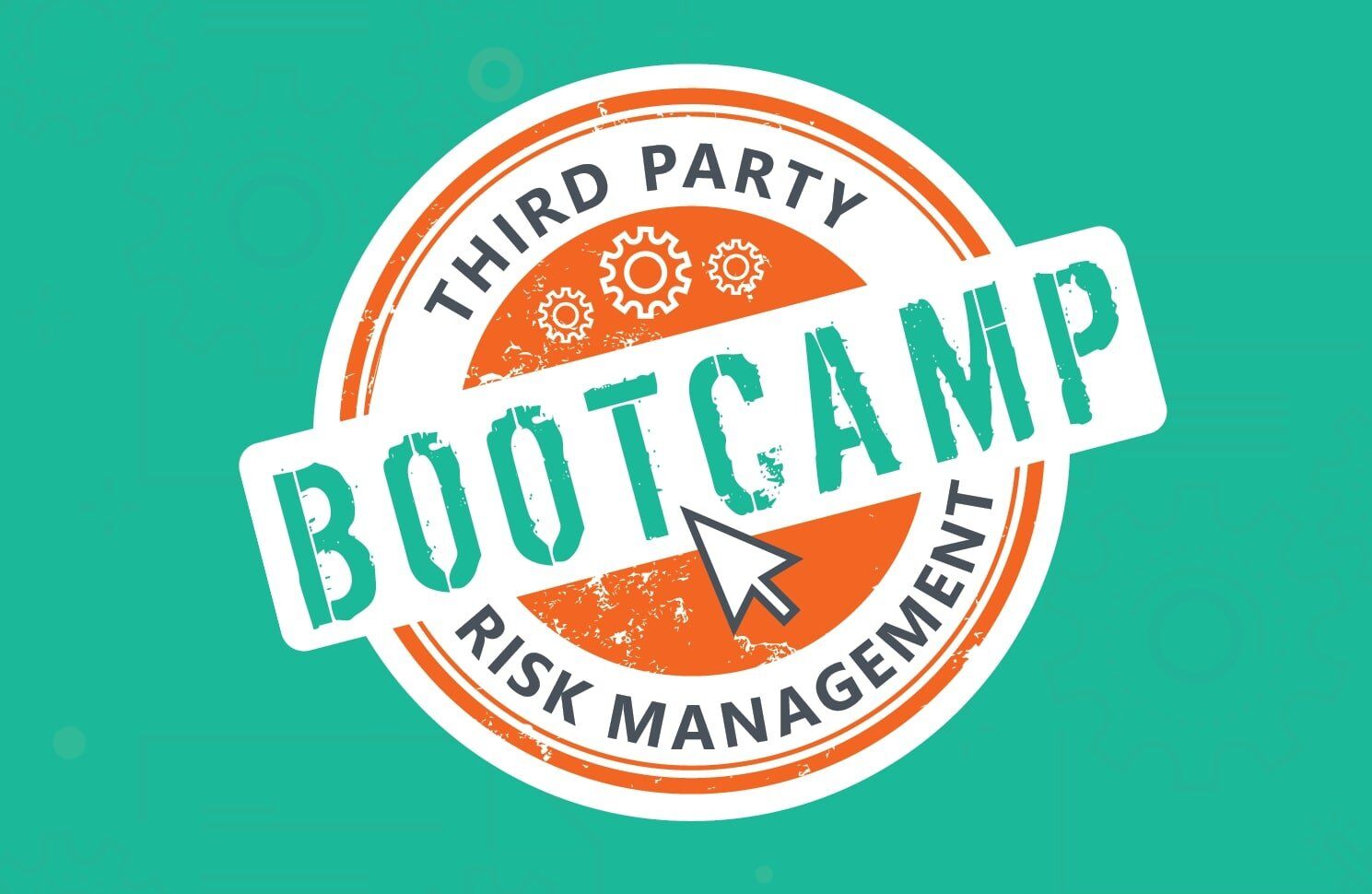During our recent three day Third-Party Risk Management Bootcamp, we had a lot of GREAT questions come in. It was quite impossible to get to them all during the live sessions, so we have worked with our speakers to compile the answers. Below you will find answers to questions posed during Day 2 - Session 1: Critical Vendor Workshop.
Day 2 - Session 1
Critical Vendor Workshop
During this session, Venminder's thought leaders discussed the process of how to clearly define and identify all of your critical vendors. They have provided answers to the following questions:
Q1: Spend is not an indication of risk so I think that defining thresholds may not work. What about defining critical criteria for the vendors?
Answer: “Frequency of use or operational reliance are other ways to get at the same answer.”
Q2: The risk assessment example was great. I assume the questions are weighted to create scoring within each category - or do they carry equivalent weight?
Answer: “In the tool specific for the session, yes, but in our actual robust risk assessment section of our software, you can use preset weights or change as needed.”
Q3: What would be an example of an exit strategy?
Answer: “Step-by-step instructions on how the relationship would be terminated. Who’s involved, timelines, procedures, customer notifications, etc.”
Q4: I agree that a documented exit strategy is necessary but how do you really test the strategy?
Answer: “Generally, much like a BCP test – conduct a “lights out” test at both the institution and the third party. Or at the very least, have a thorough process flow of how the unwind would occur and meet with parties involved to discuss and review in copious detail.”
Q5: Our institution has utilities written out of our program. Is there a reason you would advise against this, or what should we keep in mind?
Answer: “I generally suggest keeping them out of the third party program (can’t get adequate due diligence and risk assessments) but keep them in your business continuity planning.”
Q6: What is the best way to demonstrate in the report which ones are critical and which ones are high risk? I've seen many samples.
Answer: “If you’re asking about how to report on the inventory, I used a simple pie chart showing total number of third parties and the wedges identifying how many critical and how many non-critical."
Q7: Are the criticality and vendor risk rating designations different from vendor tiers? If so, should we incorporate all designations in our vendor risk management program?
Answer: “No, they are the same – just a different nomenclature. Yes, they should be included.”
Q8: Do you feel PEP checks would fall in line with OFAC checks in terms of frequency?
Answer: “Yes, I’d do the PEP checks with the same frequency as OFAC checks.”
Q9: Can you give an example of how to test an exit strategy for various types of vendors?
Answer: “Conduct a “lights out” test at both the institution and the third party. Or at the very least, have a thorough process flow of how the unwind would occur and meet with parties involved to discuss and review in copious detail.”
Q10: Is there anything outside of standard due diligence required for title companies?
Answer: “Standard due diligence and Info Sec - business license and reputation risk are very important.”
Q11: For hired CPAs/auditors would be considered critical vendors?
Answer: “No, they would not be.”
Q12: Do you have a best practice for identifying fourth parties being used by the vendor?
Answer: "Ask them to disclose. Also, the SSAE 18 report requires the vendor to provide the information. I’d also contractually oblige certain third parties to notify you of new fourth parties."
Q13: What do you do with critical vendors?
Answer: “Additional due diligence, additional reporting to the board, additional ongoing monitoring; more frequent applications of all aspects of third party risk and develop an exit strategy.”
Due diligence should be risk-based and tailored to match the product or service provided by a third party along with the level of risk. Download our helpful infographic to examine some common due diligence items you may want to gather based on the level of risk.






.gif?width=1920&name=Sample-Graphic-Animation%20(1).gif)



